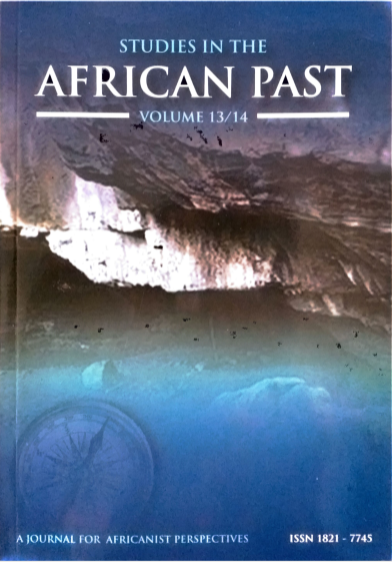The Effectiveness of Cultural Heritage Impact Assessment as Part of Environmental and Social Impact Assessment in Tanzania
Abstract
It is generally accepted that for any country to develop socio-economically, there must be various types of investment. It should also be understood that the planning and implementation of such investment projects generate negative and positive impact to mother environment. Once the environment, both natural and cultural, is impacted upon, it affects people including other living things in return both in the short and long- run. Because of this fact, under normal circumstances, development projects impact the environment. Therefore, environmental experts conduct systematic examination to determine whether or not such projects would have adverse impact on the environment in its totality to include the physical, biological, cultural and socio-economical aspects. To double- check the effectiveness of Environmental and Social Impact Assessment, a few scholars have assessed its efficiency. Unfortunately, such assessment on developmental projects has virtually excluded the evaluation of the efficacy of Cultural Heritage Impact Assessment as part of Environmental and Social Impact Assessment. The exclusion is inappropriate because cultural heritage resources are part of the environment, and the planning and implementation of developmental projects similarly affect cultural heritage resources. This article examines the effectiveness of Cultural Heritage Impact Assessment as part of Environmental and Social Impact Assessment particularly on the qualifications of those who do it, the frequency of Cultural Heritage Impact Assessment inclusion in Environmental and Social Impact Assessment, and whether or not Cultural Heritage Impact Assessment mitigation measures are implemented. The results indicate that unregistered experts never carry out Cultural Heritage Impact Assessment, Environmental and Social Impact Assessment reports do not reach cultural heritage authorities for review, and in most cases, the prepared Environmental and Social Impact Assessment statements do not include Cultural Heritage Impact Assessment impact mitigation measures and when included they are not implemented by developers. In this regard, we argue that the situation is a result of weak legislation to make Cultural Heritage Impact Assessment a mandatory exercise, absence of will by both government and environmental agencies dealing with ESIA, and negligence of developers and Environmental and Social Impact Assessment experts. Subsequently, this study recommends measures to be taken to make Cultural Heritage Impact Assessment a useful part of Environmental and Social Impact Assessment to make it rescue and manage cultural heritage from threats resulting from developmental projects.



